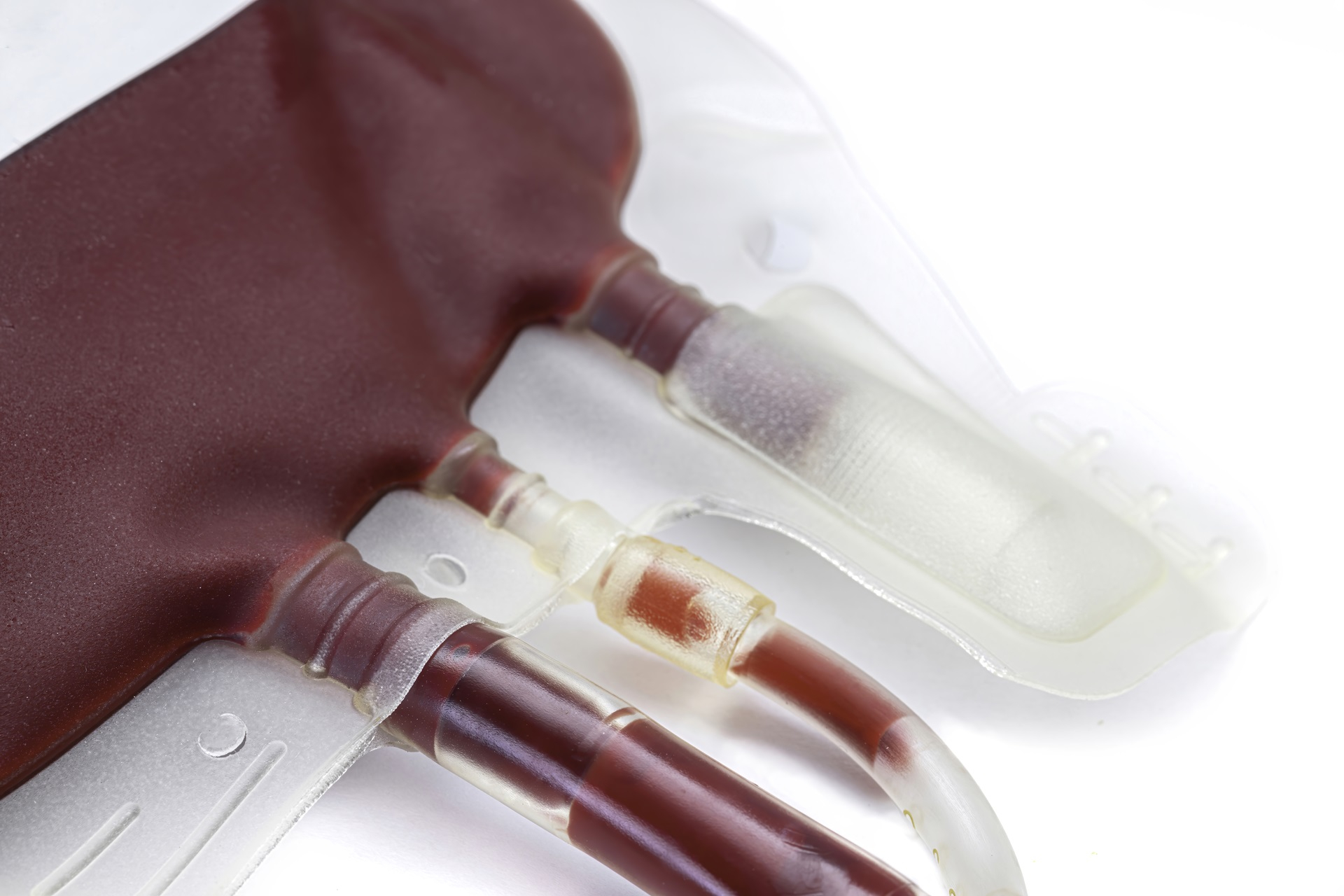Hemophilia is a rare genetic disorder that severely impairs the body’s ability to form blood clots, often leading to prolonged or spontaneous bleeding. Since hemophilia is primarily hereditary, diagnosing the condition early is crucial for preventing complications and ensuring appropriate medical care.
What are the Causes and Types of Hemophilia?
Hemophilia is caused by genetic mutations that affect clotting factor proteins, specifically factor VIII or factor IX, which are essential for normal blood coagulation. There are two main types of hemophilia:
Hemophilia A: Caused by a deficiency in clotting factor VIII, this is the most common form of hemophilia.
Hemophilia B: Caused by a deficiency in clotting factor IX, this form is rarer but follows the same inheritance patterns.
Both types are inherited in an X-linked recessive manner, meaning that males are typically affected, while females are usually carriers. However, some female carriers may exhibit mild symptoms, complicating the diagnosis of hemophilia in these cases.
What are the Symptoms of Hemophilia?
Recognizing early symptoms of hemophilia is key to initiating prompt hemophilia diagnosis. Symptoms of hemophilia can range from mild to severe and typically manifest as excessive bleeding, even after minor injuries. Common indicators include:
- Prolonged Bleeding: An unusually long bleeding time after injury or surgery may be one of the earliest signs.
- Spontaneous Bleeding: Bleeding without an injury, often into joints or muscles, leading to joint swelling, stiffness, and pain.
- Frequent Nosebleeds: Recurrent and prolonged nosebleeds that are difficult to stop may suggest an underlying clotting disorder.
- Bruising Easily: Unexplained bruises or excessive bruising after minimal trauma is another common sign.
- Blood in Urine or Stool: This may indicate internal bleeding, particularly in the kidneys or gastrointestinal tract.
Identifying these symptoms early can lead to timely diagnosis of haemophilia, preventing more serious complications such as joint damage or life-threatening hemorrhages.
Diagnostic Tests for Hemophilia
Accurate diagnosis relies heavily on laboratory tests, which are essential for confirming hemophilia and determining its severity. The process typically begins with screening tests that assess the overall clotting ability of the blood, followed by specific tests to measure clotting factor levels.
Below are the main diagnostic tests for hemophilia:
- Activated Partial Thromboplastin Time (aPTT): This is one of the first tests conducted when hemophilia is suspected. It measures the time it takes for blood to clot. Prolonged aPTT results suggest a deficiency in one or more clotting factors, indicating the need for further testing.
- Prothrombin Time (PT): Though less specific for hemophilia, the PT test is used to rule out other bleeding disorders. In patients with hemophilia, the PT is usually normal, differentiating hemophilia from other clotting disorders.
- Clotting Factor Assays: These assays measure the levels of clotting factors in the blood, particularly factor VIII and factor IX, and are critical for confirming a hemophilia diagnosis. The test results help classify the severity of the condition—mild, moderate, or severe—based on how much functional clotting factor is present.
- Genetic Testing: For families with a known history of hemophilia, genetic testing can identify mutations in the F8 or F9 genes responsible for Hemophilia A or B. This is particularly important for determining carrier status in females and assessing the risk of hemophilia in future offspring.
- Inhibitor Testing: Some patients develop antibodies, or inhibitors, that neutralize the effectiveness of replacement clotting factor therapy. Testing for these inhibitors is important for determining the course of treatment and management.
The combination of these tests provides a comprehensive overview of the patient's condition, allowing physicians to tailor treatment strategies effectively.
Advances in Laboratory Diagnosis of Hemophilia
The laboratory diagnosis of hemophilia is continuously evolving, thanks to technological advancements in diagnostic methodologies. Specialized diagnostic laboratories play a vital role in detecting hemophilia, offering a range of tests that ensure accurate and early diagnosis.
Factor Level Testing: Factor assays are a cornerstone of hemophilia diagnosis. These tests directly measure the amount of clotting factor in the blood, pinpointing the exact deficiency responsible for the patient’s symptoms.
Advanced Genetic Testing: As understanding of the genetic causes of hemophilia deepens, genetic testing has become a routine part of diagnosing hemophilia, particularly for carriers and family planning. DNA analysis can detect mutations that cause Hemophilia A or B and can identify women at risk of passing the disorder to their children.
Modern haemophilia lab diagnosis techniques now also allow for prenatal diagnosis, offering families the chance to detect hemophilia in utero. This can help parents prepare for early intervention and care immediately after birth, ensuring the child receives the appropriate treatment from day one.
Importance of Early Diagnosis
Early and accurate diagnosis of haemophilia is crucial for preventing the severe complications associated with untreated or mismanaged hemophilia. These complications can include joint damage, excessive bleeding during surgery, and intracranial hemorrhage.
The haemophilia lab diagnosis process is essential for identifying the severity of the disorder and allowing physicians to implement preventative strategies that reduce the risk of these complications.
The role of diagnostic laboratories in hemophilia diagnosis is indispensable. By offering a variety of specialized tests, from screening assays to advanced genetic diagnostics, labs ensure patients receive precise and accurate diagnoses. As laboratory techniques become more refined and new technologies emerge, the diagnostic process is becoming faster and more reliable, reducing the window between symptom onset and definitive diagnosis.


